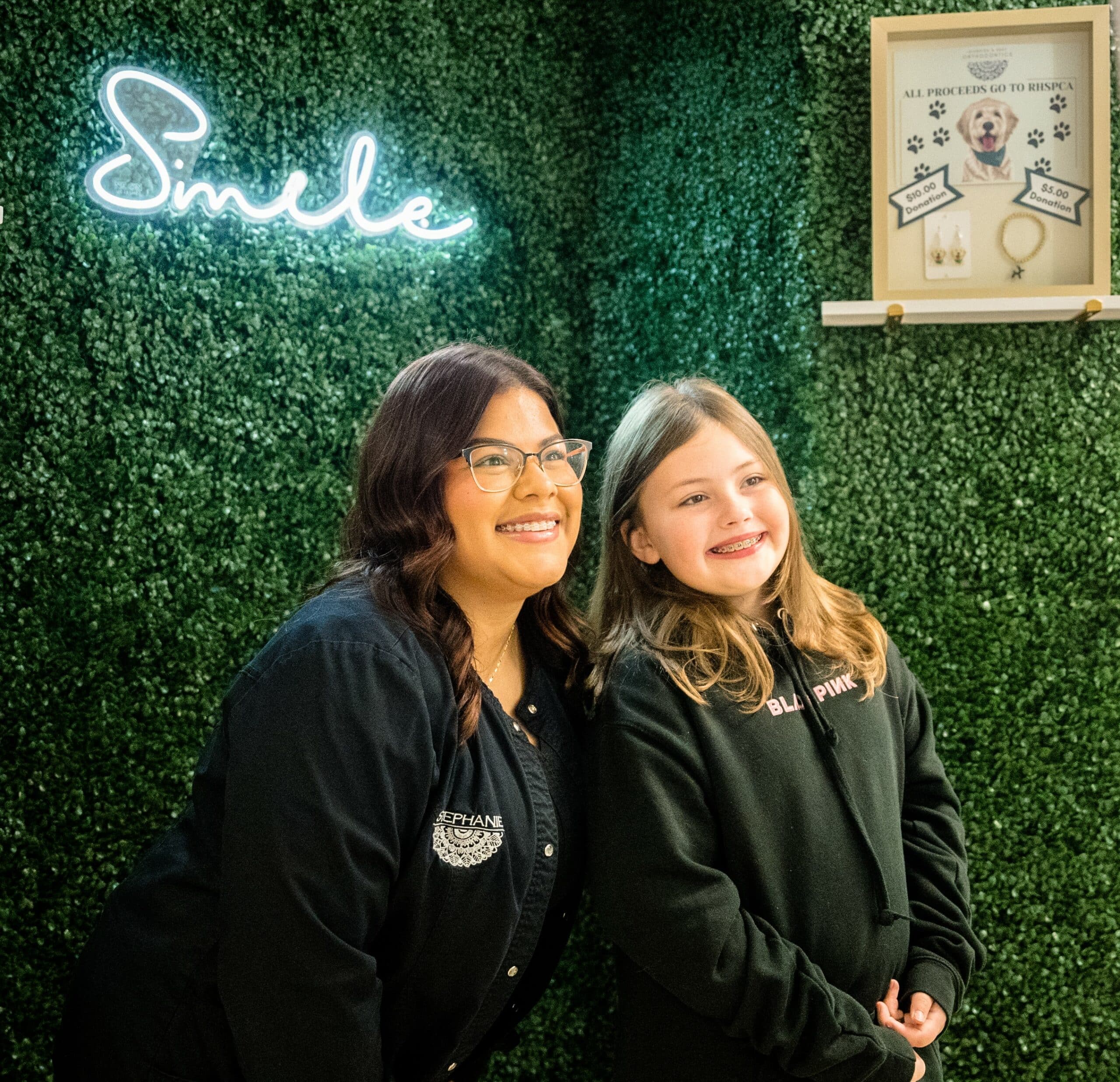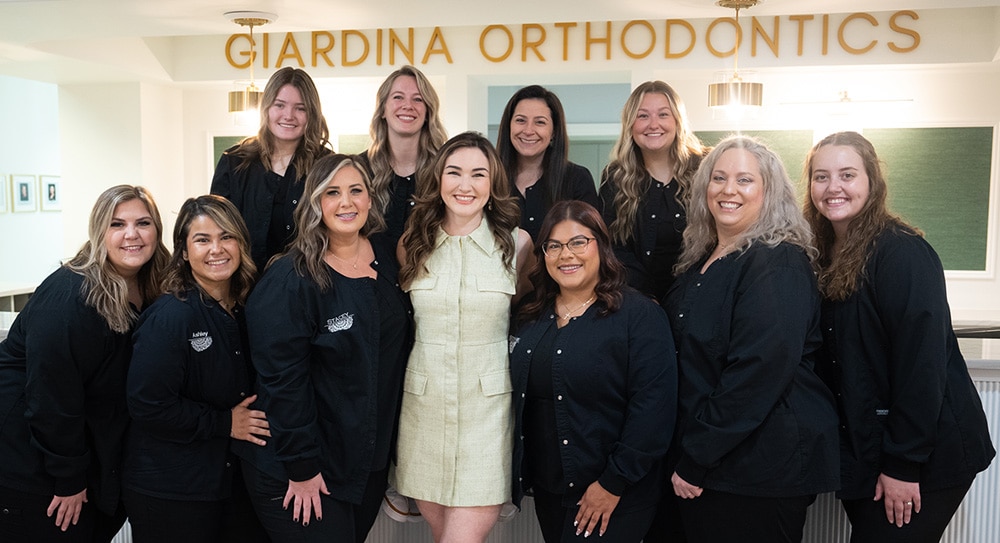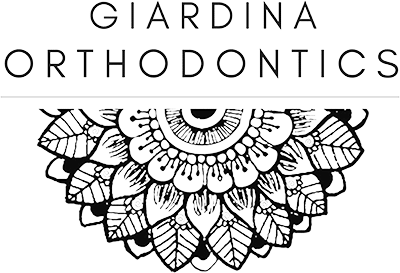- This allows Dr. Julia Giardina to assess the need for treatment and determine the optimal timing.
- Many local dentists are trained to identify early orthodontic issues and may refer your child to our office before age seven.
- Not every child requires early treatment.
- For those who do not, we offer complimentary observation exams every 6-12 months through our Kids Club program.
Why Evaluate Children at an Early Age?
Early diagnosis and intervention can guide the development of growing teeth, maintain space for permanent teeth, and reduce the risk of front teeth injuries.Benefits of Early Treatment
Early orthodontic treatment (also known as Phase 1 Braces) helps guide jaw growth, regulate dental arches, and address issues like thumb-sucking and speech problems.
This proactive approach simplifies future treatments and promotes healthier, aligned smiles.
Guide Jaw & Teeth Growth
Early treatment ensures proper jaw development and smooth alignment of incoming permanent teeth.
Prevent Complex Issues
Address dental arch width, make space for permanent teeth, and reduce the need for extractions.
Correct Habits & Speech
Early intervention corrects thumb-sucking, abnormal swallowing, and speech concerns for healthier development.
Orthodontic Supervisory Program (Kids Club)
Our Kids Club offers a supervisory program for patients not yet ready for treatment.
This allows our orthodontists to monitor the eruption of permanent teeth closely.
Early removal of baby teeth, when necessary, can prevent poorly positioned permanent teeth and potentially shorten future treatment time with braces.
- We inform your general dentist of any recommendations following each visit.
- Patients in our observation program are typically seen every 6-12 months to track their development.

This service is provided at no charge and helps determine the ideal time to commence treatment for optimal results.
Will Early Treatment Eliminate the Need for Braces Later?
Early treatment can begin the correction of significant problems, prevent more severe problems from developing, and simplify future treatment.
Because all of the permanent teeth have not yet grown in when early treatment is performed, their final alignment may not have been corrected.
Typically, a shortened comprehensive phase of treatment (Phase II — full braces) in the pre-teen/teen years, after all the permanent teeth have erupted, completes the correction.
However, in some circumstances, further orthodontic treatment may not be indicated.
Do we still need to see our family dentist during orthodontic treatment?
Patients with braces and orthodontic appliances must maintain optimal dental health. Our orthodontists emphasize regular check-ups and cleanings with your family dentist to ensure teeth and gums remain healthy throughout treatment.



